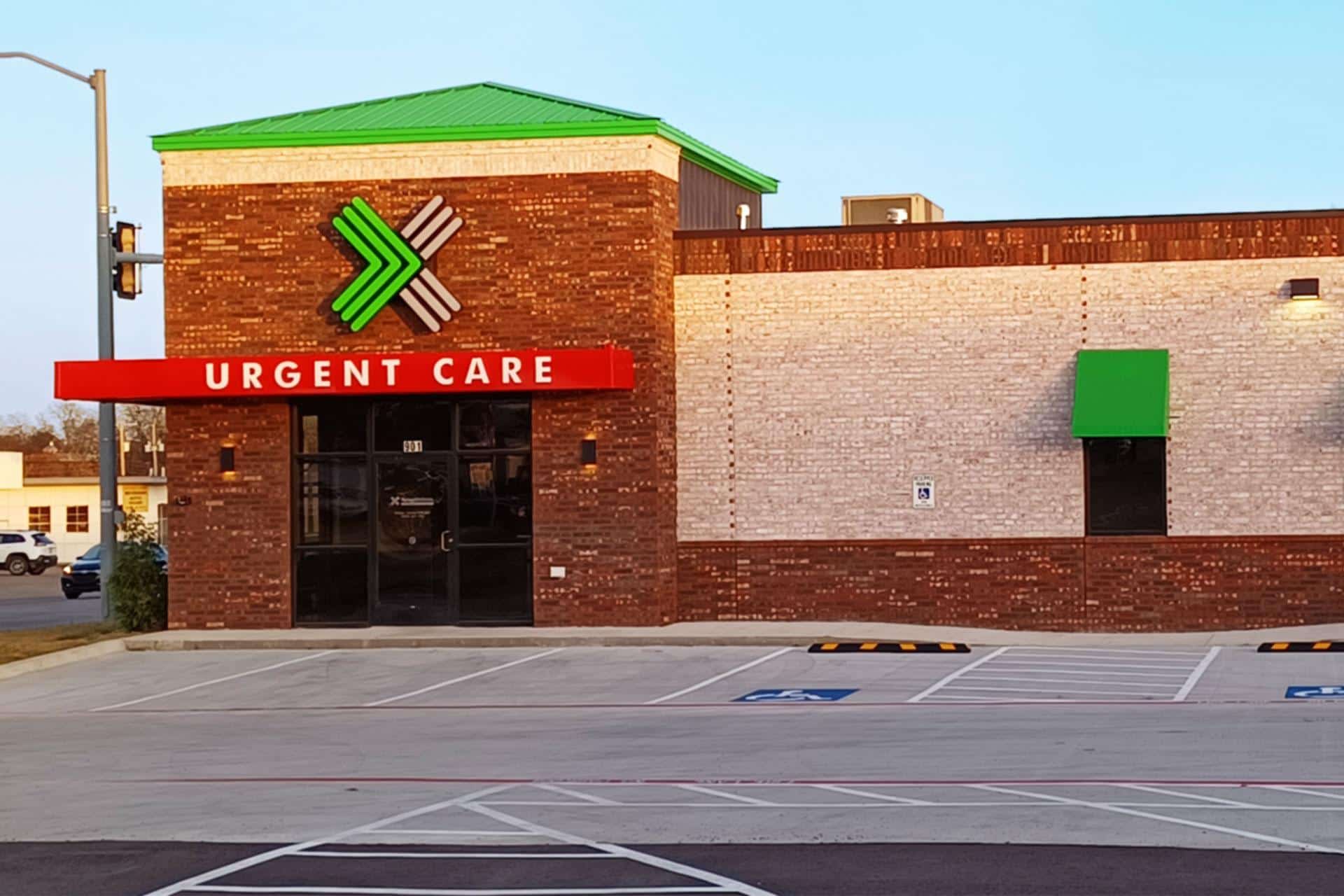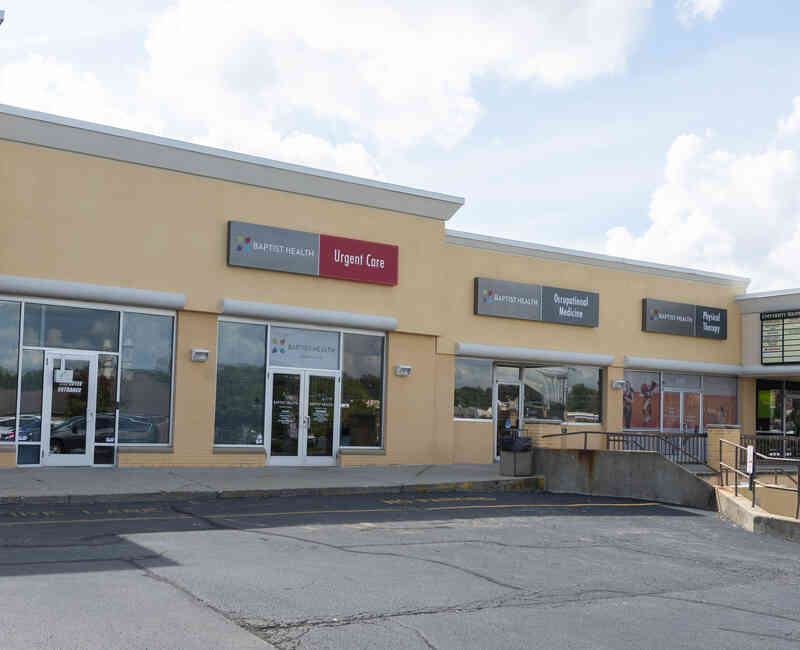How Our Clinic Makes Sure Top-Notch Urgent Look After Every Individual
How Our Clinic Makes Sure Top-Notch Urgent Look After Every Individual
Blog Article
Recognizing the Role of Urgent Care in Giving Timely Treatment for Non-Life-Threatening Problems
Immediate treatment facilities have emerged as an essential part of the health care landscape, addressing the instant needs of patients with non-life-threatening conditions. Understanding the nuances of urgent treatment can significantly affect person end results and the overall efficiency of medical care delivery.
What Is Urgent Care?
Immediate care refers to a category of clinical services developed to resolve non-life-threatening conditions that call for immediate attention. These facilities function as an intermediary between health care physicians and emergency clinic, offering a convenient option for individuals that need timely care without the considerable waiting times usually related to emergency situation departments.
Urgent treatment centers are commonly staffed by physician, consisting of physicians, nurse specialists, and physician assistants, that are trained to diagnose and deal with a large selection of conditions. Common solutions supplied by these facilities include treatment for small injuries, ailments, and infections, along with analysis examinations such as X-rays and research laboratory job.
Furthermore, urgent treatment facilities usually accept walk-in individuals, getting rid of the need for appointments. In general, immediate treatment plays a vital function in the health care system, making sure people can access necessary clinical solutions promptly and effectively.

When to seek treatment at an urgent care center instead of a primary care doctor or an emergency situation room,Many individuals may discover themselves unsure regarding. Immediate care is made to deal with non-life-threatening problems that call for punctual attention yet are not extreme sufficient to require an emergency clinic check out.
Typically, one ought to think about urgent take care of concerns such as small cracks, sprains, cuts needing stitches, or infections like urinary tract infections. Additionally, chilly or flu signs, breakouts, and allergies can additionally be appropriately taken care of in this setup.
It is very important to note that immediate care is not appropriate for serious emergencies, such as upper body pain, trouble breathing, or serious blood loss, which require instant emergency space intervention.
Individuals who lack accessibility to a health care medical professional or can not secure a timely appointment may additionally profit from immediate care solutions. Ultimately, comprehending when to use immediate treatment can lead to more efficient medical care delivery, enabling patients to get the ideal degree of treatment based on their particular wellness requirements.
Benefits of Urgent Treatment Centers
Selecting immediate treatment facilities for non-life-threatening problems supplies a number of advantages that improve individual experience and access. One key advantage is the reduced wait times contrasted to standard emergency clinic. Immediate care facilities generally operate a first-come, first-served basis, allowing people to receive timely clinical interest without the long delays commonly connected with hospital settings.
Additionally, urgent care facilities provide extensive hours, including weekends and evenings, suiting individuals with varying timetables. This versatility makes certain that people can seek treatment when it is most convenient for them, even more promoting timely treatment.

Moreover, these facilities commonly offer a comprehensive series of services, consisting of diagnostic examinations and small treatments, all under one roof covering. This consolidation of services not only enhances the person experience however likewise promotes a much more cohesive technique to handling non-life-threatening health problems, eventually benefiting total patient end results.
Typical Conditions Treated
At urgent treatment facilities, a variety of non-life-threatening problems can be successfully treated, giving people with timely and easily accessible medical aid. These centers are particularly skilled at attending to problems that call for punctual focus but do not posture an instant danger to life or arm or leg.
Usual conditions treated at immediate treatment facilities include minor injuries such as fractures, strains, and strains. Urgent treatment facilities are furnished to execute needed analysis Discover More Here examinations, such as X-rays and research laboratory tests, enabling them to offer thorough care.
In addition, urgent care providers can carry out vaccinations, aiding to prevent the spread of transmittable conditions - Urgent Care. They additionally supply services for small treatments, such as suturing wounds or draining abscesses. By offering these diverse services, immediate care centers play a crucial duty in linking the space in between key treatment and emergency solutions, guaranteeing people receive prompt treatment for a large range of problems without the need for long haul times commonly connected with emergency spaces
Just How Urgent Care Supports Healthcare System
Urgent treatment facilities play an essential function in supporting the general healthcare system by easing the worry on emergency situation departments and supplying timely access to healthcare for non-life-threatening conditions. By dealing with cases such as minor injuries, infections, and health problems, immediate care centers permit emergency situation departments to focus on more important people needing prompt focus.
Moreover, urgent treatment centers improve medical care accessibility, supplying extensive hours and an extra hassle-free choice to typical primary care settings. This accessibility is specifically advantageous for individuals who may not have a normal doctor or who call for immediate treatment beyond common workplace hours. Consequently, urgent treatment centers successfully minimize wait times and improve patient satisfaction.
Furthermore, urgent treatment facilities contribute to set you back savings for both clients and the healthcare system by providing lower-cost solutions compared to site emergency situation divisions. This monetary efficiency is important in a period of climbing healthcare prices, allowing people to get essential care without sustaining outrageous expenses.
Conclusion
To conclude, urgent treatment facilities play a crucial role in the health care system by providing punctual therapy for non-life-threatening problems. By connecting the space in between medical care and emergency rooms, these facilities make sure that clients get prompt medical interest without the lengthy delay times commonly connected with emergency departments. The accessibility and performance of urgent treatment facilities contribute dramatically to easing the general concern on healthcare sources, boosting patient end results, and advertising a much more effective healthcare shipment system.
Urgent care facilities have emerged as a crucial part of the healthcare landscape, dealing with the immediate demands of individuals with non-life-threatening problems. Urgent care sees typically incur reduced out-of-pocket costs compared to emergency division check outs, making treatment much more budget friendly for clients without jeopardizing quality. Immediate care facilities are equipped to do needed analysis examinations, such as X-rays and lab tests, allowing them to supply detailed treatment.
By using these varied solutions, urgent care centers play an essential duty in bridging the space in between main care and emergency services, making sure clients get timely therapy for a wide range of problems without the need for long delay times commonly associated with emergency situation rooms.
In addition, immediate care centers improve healthcare access, using extensive hours and a more convenient choice to conventional main care setups.
Report this page